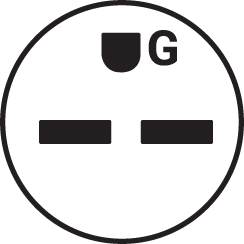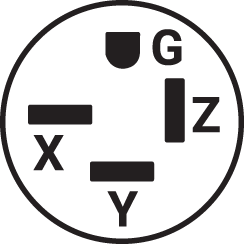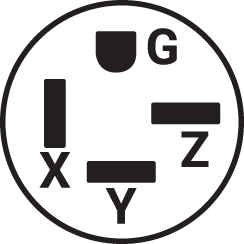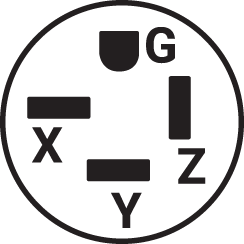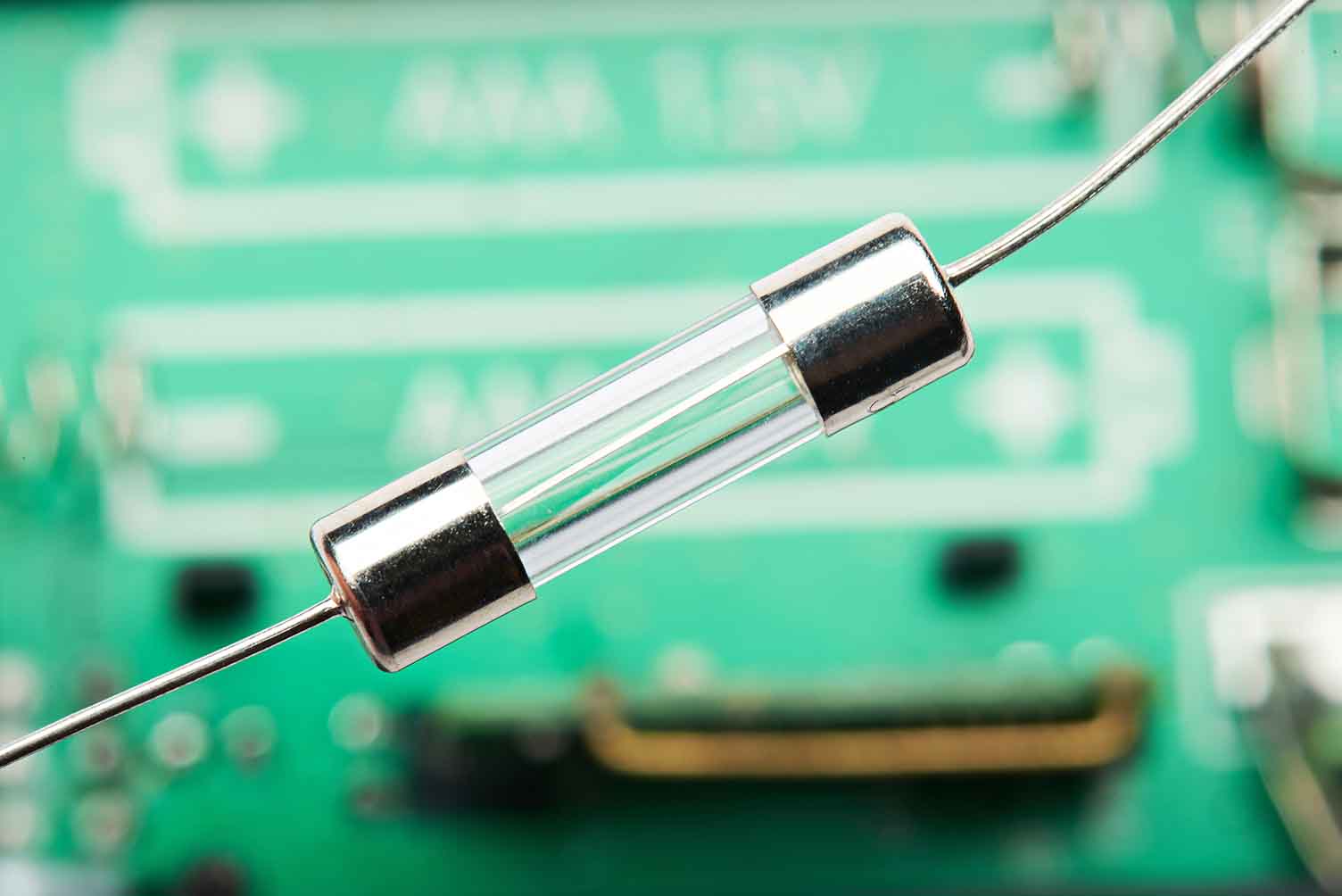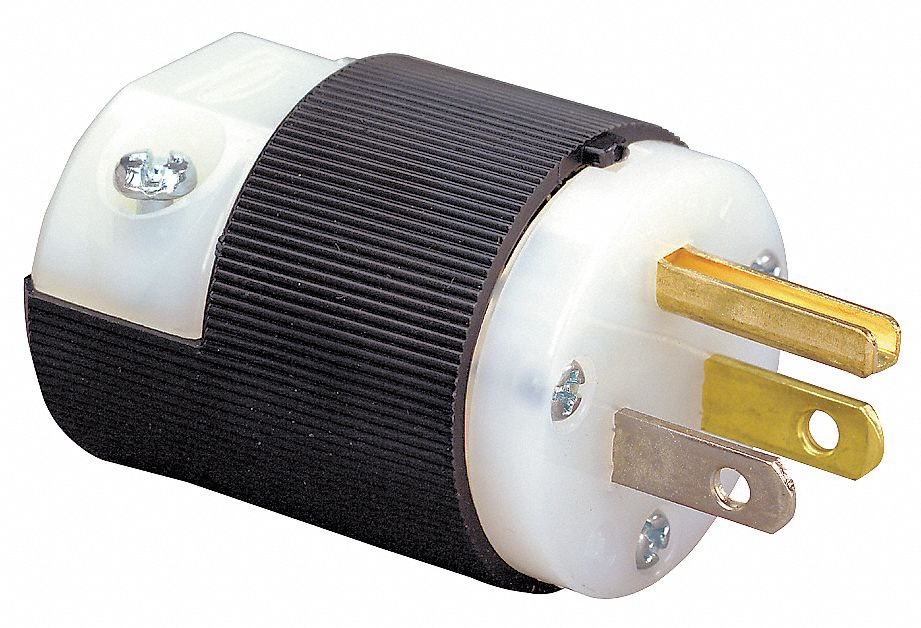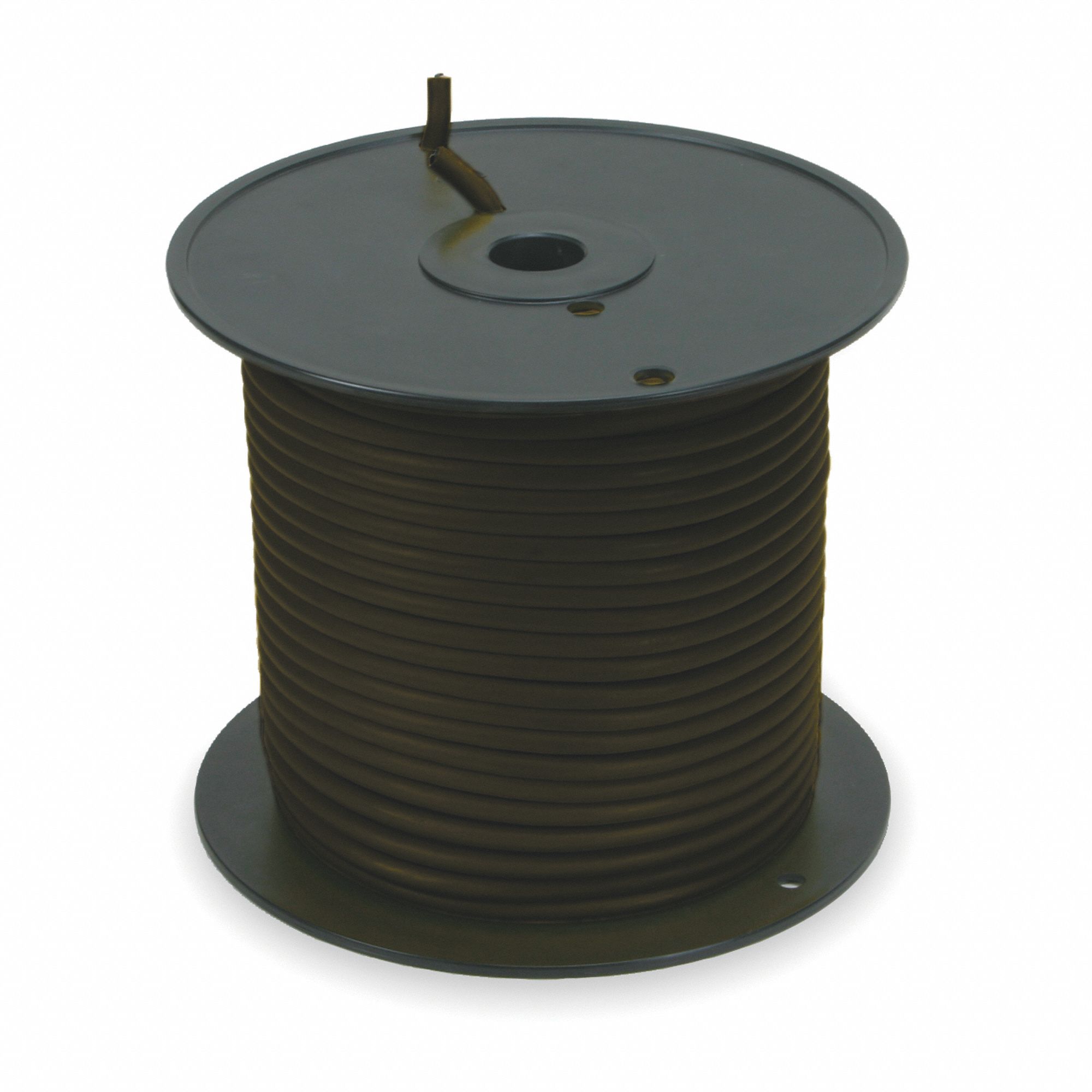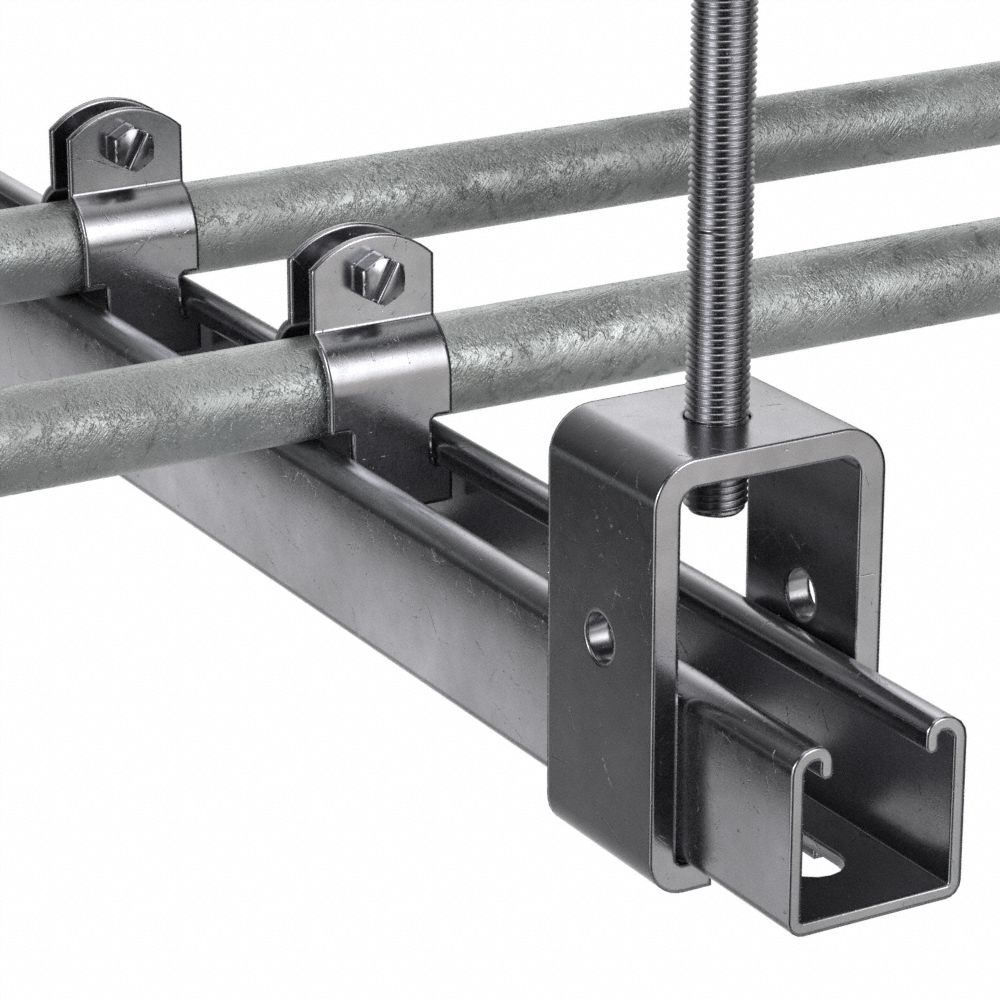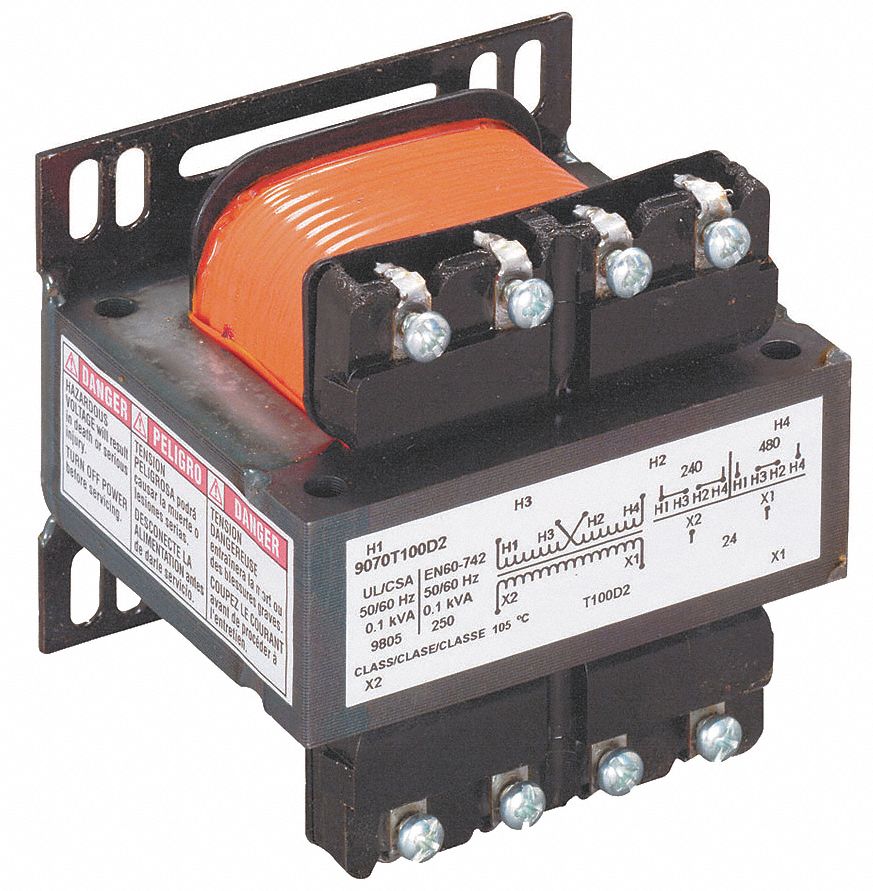

NEMA Plug Configuration Chart
By Grainger Editorial Staff 9/13/23


Most people don’t spend a lot of time thinking about electrical plugs and receptacles. They take it for granted that just about any power cord will end in a plug that fits neatly into that socket it the wall.
But the pros know that there are more configurations for plugs and receptacles than the average person ever dreams of, with blades of many sizes and shapes. That’s because, once you get beyond the requirements of simple household appliances, you’ll need circuits that deliver more power with higher amperages, voltages or both.
And while these circuits are perfect for welding machines and other industrial equipment, you wouldn't want to plug something into them that wasn’t designed to handle their voltage and amperage.
Fortunately, there’s a set of standards developed by the National Electronics Manufacturers Association (NEMA) that specifies which plug and receptacle configurations can be used with which amperages and voltages. These standards, ANSI/NEMA WD 6-2021, are designed to prevent “unsafe interchangeability” by making it physically impossible to plug a device into a receptacle that has the wrong kind of power for it.
These charts show many of the possible NEMA straight-blade configurations, from the common wall socket to more rarely seen plugs and receptacles.
NEMA Straight-Blade Plug and Receptacle Configurations
Classic straight-blade NEMA configurations are quick to plug in and unplug.
Two-Pole, Two-Wire
NEMA Number |
Voltage |
Amperage |
Configuration |
Application Notes |
1 |
125V |
15 |
 |
• Old wall outlets • Some small appliance plugs |
2 |
250V |
20 |
 |
Two-Pole, Three-Wire, Grounding
Three-Pole, Three-Wire
NEMA 10 has been deprecated for new installations since the National Electrical Code (NEC) of 1996. NEMA 14 plugs and receptacles are comparable but with the addition of a ground connection.
NEMA Number |
Voltage |
Amperage |
Configuration |
Application Notes |
10 |
125 / 250V |
20 |
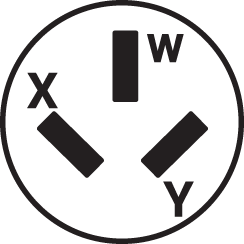 |
• Clothes dryers and kitchen ranges |
30 |
 |
• Clothes dryers and kitchen ranges |
||
50 |
 |
• Clothes dryers and kitchen ranges |
Three-Pole, Four-Wire, Grounding
Four-Pole, Four-Wire
NEMA Number |
Voltage |
Amperage |
Configuration |
Application Notes |
18 |
3 Ø Y |
20 |
 |
|
50 |
 |
|||
60 |
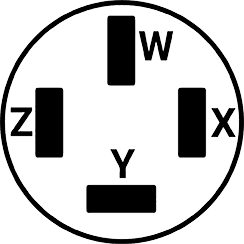 |

Safety Management
6 Tips to Help Prevent Slips, Trips and Falls
Identify the fall hazards in your workplace and implement a fall safety program. Check out these tips from Grainger so you can mitigate risk.
![]() Our Latest KnowHow
Our Latest KnowHow

Facility Pest Control: How IPM Helps Safely Manage Insects
Discover safe, compliant pest control with IPM. Find tips for insect monitoring, sanitation and safe insecticide use in commercial facilities.
The information contained in this article is intended for general information purposes only and is based on information available as of the initial date of publication. No representation is made that the information or references are complete or remain current. This article is not a substitute for review of current applicable government regulations, industry standards, or other standards specific to your business and/or activities and should not be construed as legal advice or opinion. Readers with specific questions should refer to the applicable standards or consult with an attorney.







